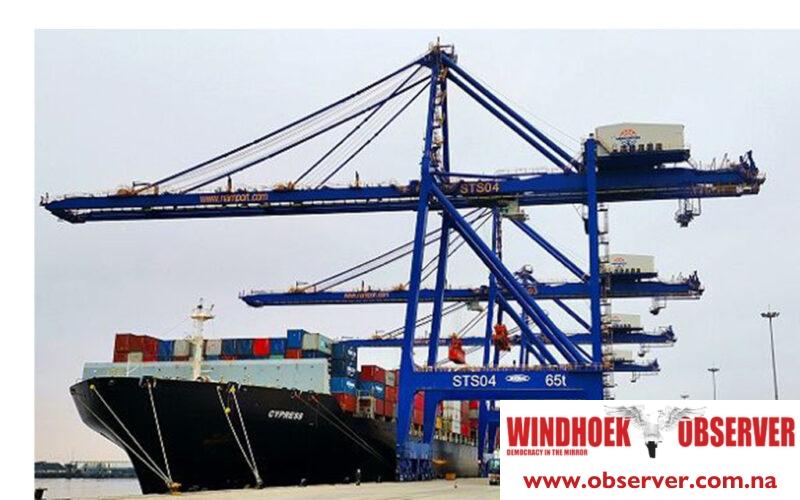CHAMWE KAIRA
South Africa’s improved trade balance and economic stability in 2024 carry significant implications for Namibia, given the strong economic linkages between the two countries.
The N$150 billion trade surplus achieved by South Africa, driven by lower imports and declining oil prices, enhances its purchasing power, potentially increasing demand for Namibian exports, a Simonis Storm Securities report has said.
South Africa’s reduced imports of minerals, metals, and machinery could limit Namibia’s import-driven growth, although declining oil prices may alleviate input costs for Namibia’s imported goods, the firm stated.
Simonis said the strengthening of the rand, driven by improved market sentiment and reduced fears of severe US tariff policies, improves Namibia’s trade competitiveness and stabilises its currency.
“While this dynamic could increase inflationary pressures for imported goods, it also reinforces Namibia’s export prospects, particularly in agricultural and mineral sectors. However, delayed interest rate cuts and elevated inflation in South Africa may extend economic challenges, which could spill over into Namibia due to shared monetary policies within the Common Monetary Area. These conditions may weigh on Namibia’s economic performance, particularly in sectors sensitive to consumer demand and financing costs, the firm said.
Simonis said on a global scale, reduced uncertainty from softer US tariff policies presents Namibia with an opportunity to diversify its export markets and deepen trade ties with non-traditional partners.
Namibia’s export performance in November showed robust growth, with exports increasing by 39% month-on-month to N$12.2 billion, up from N$6.8 billion in October, the Namibian Statistics Agency trade figures showed.
On a year-on-year basis, exports recorded a moderate 4% increase.
This growth was driven primarily by strengthened trade with China, which accounted for 26.8% of total exports, and South Africa, which contributed 17.4%.
South Africa remains a dominant trading partner, highlighting deep economic interdependence. Botswana emerged as the third-largest export destination, accounting for 14.3% of total exports, followed by Belgium (12.1%) and Zambia (9%), further emphasising Namibia’s broad market reach.
In terms of export products, uranium contributed N$2.4 billion to total export earnings.
Diamonds ranked second with N$1.9 billion, driven by strong demand from Botswana and the United Arab Emirates.
Gold remained a key contributor to Namibia’s export earnings due to its global demand as a hedge against economic uncertainty.
The figures also showed that copper and related articles were the third-largest export category, valued at N$1.7 billion, and exports were primarily destined for Belgium, showcasing Namibia’s role in supplying raw materials for global manufacturing chains.




